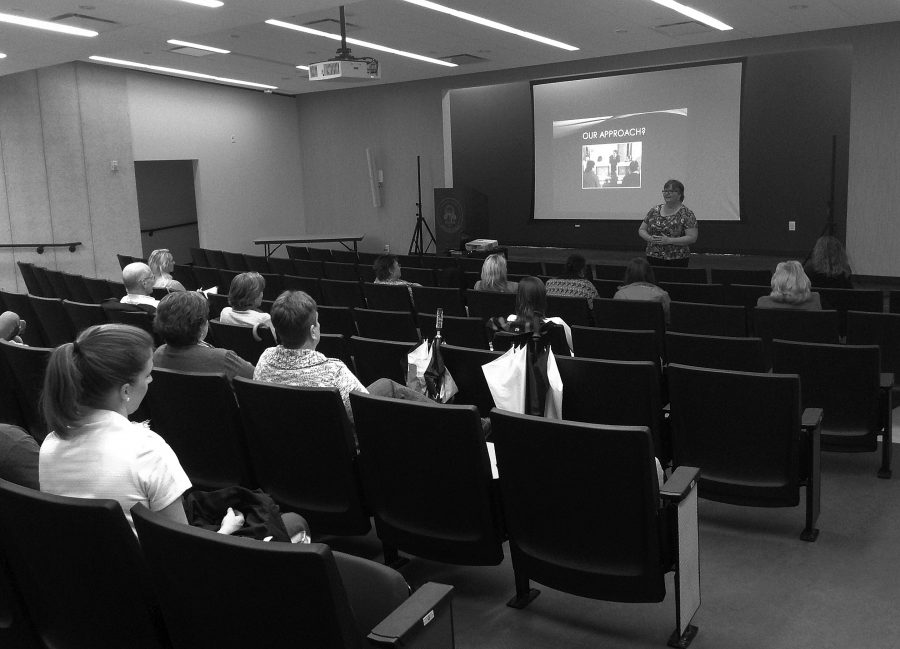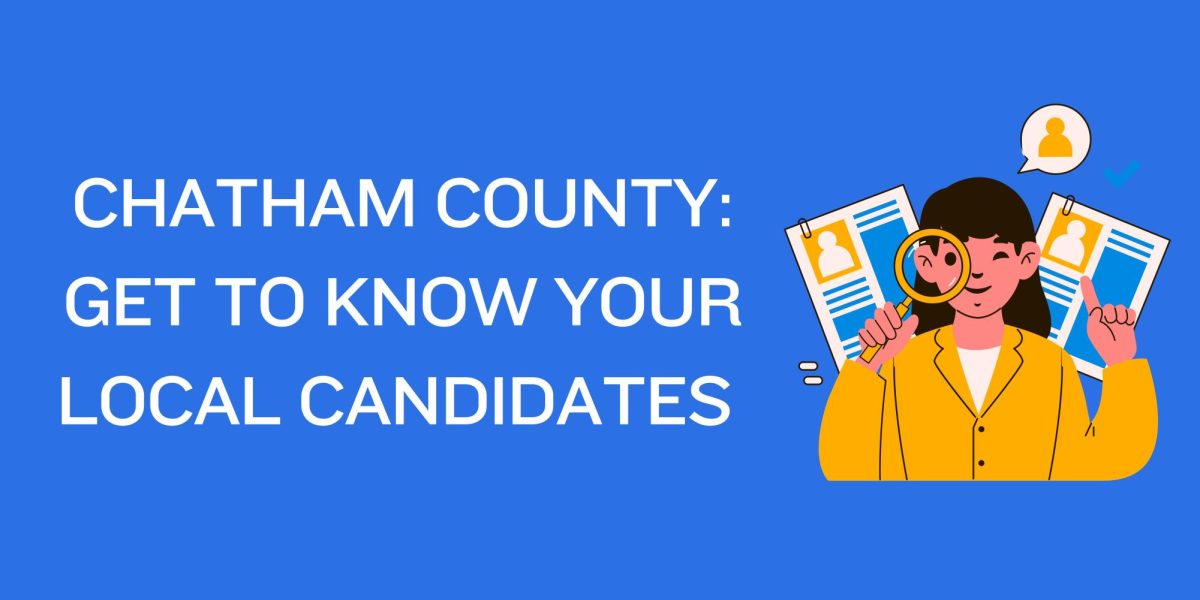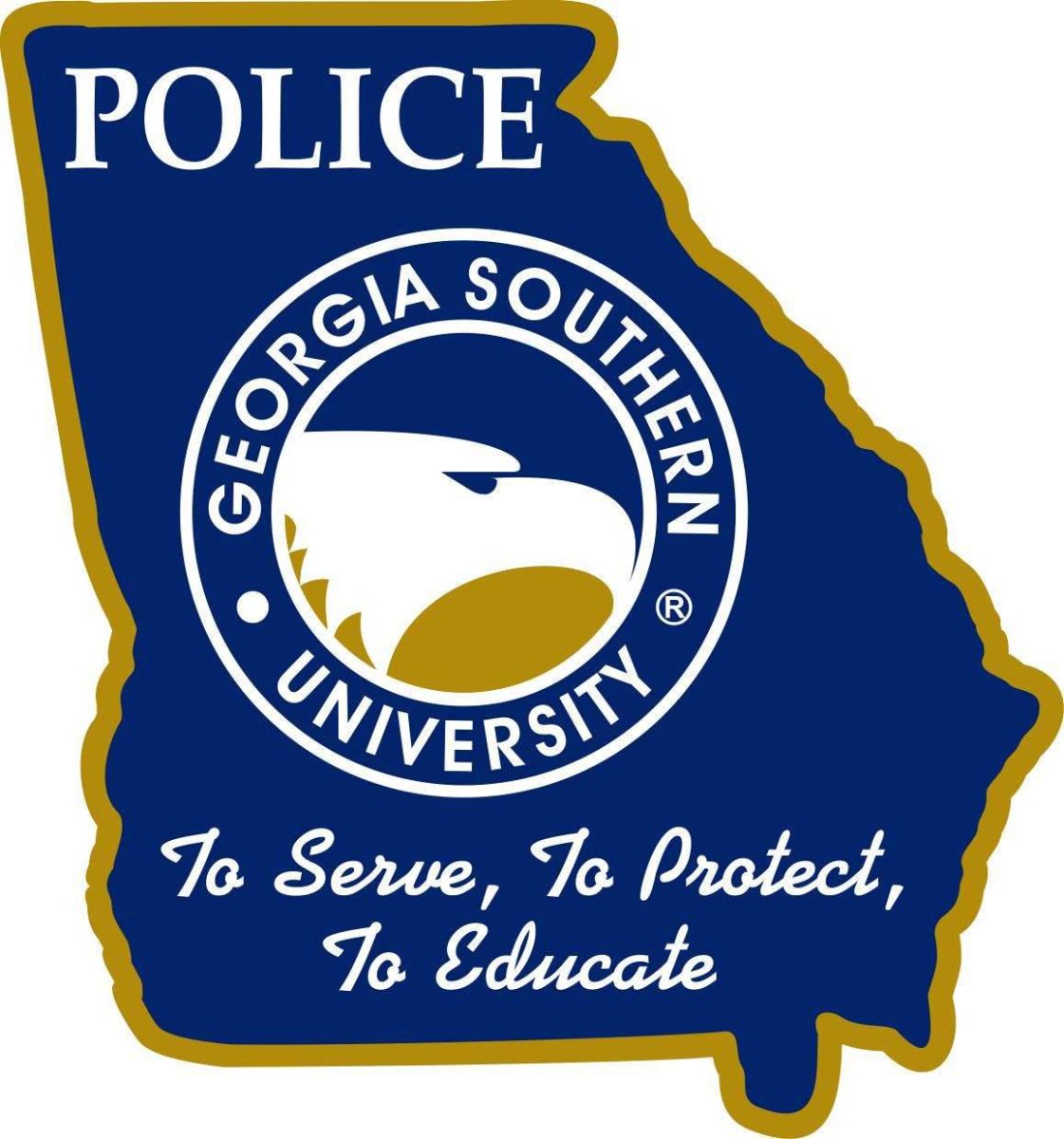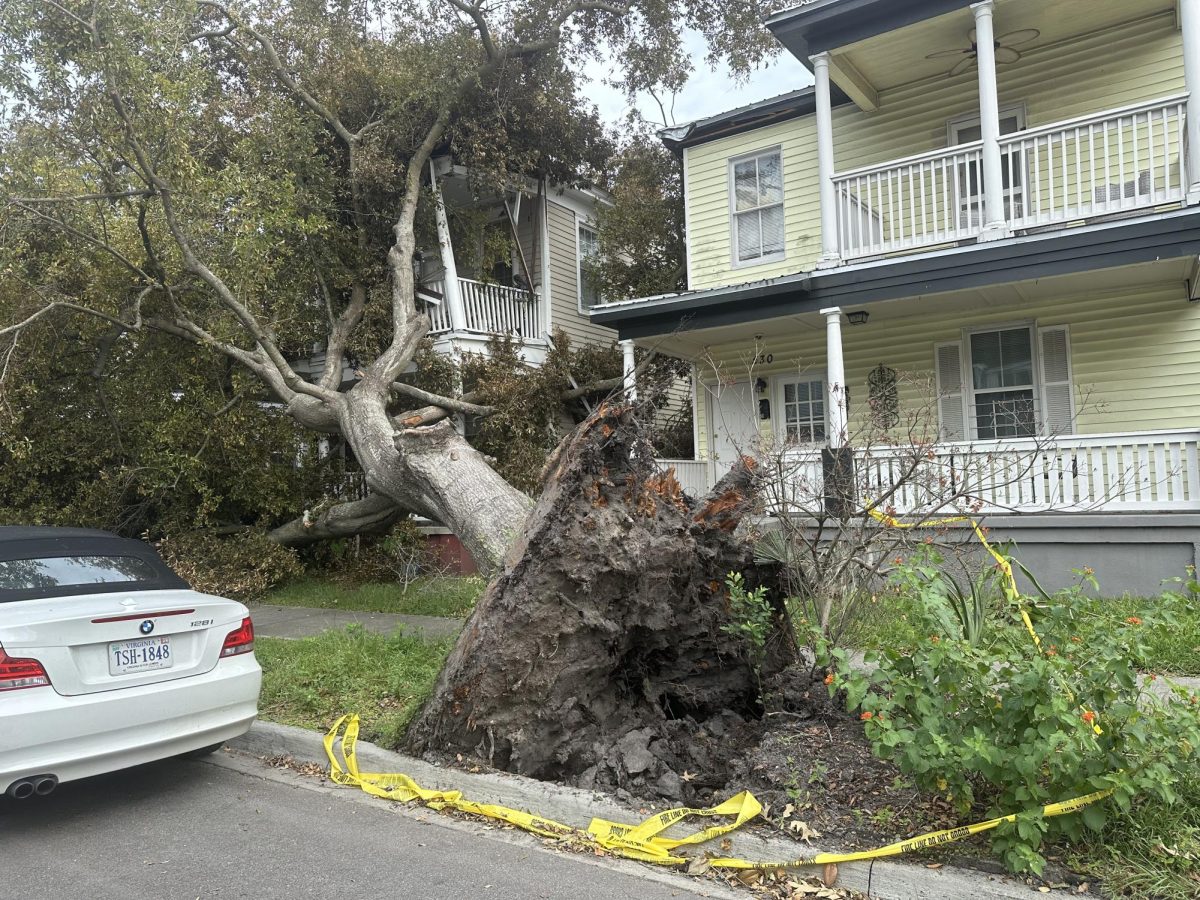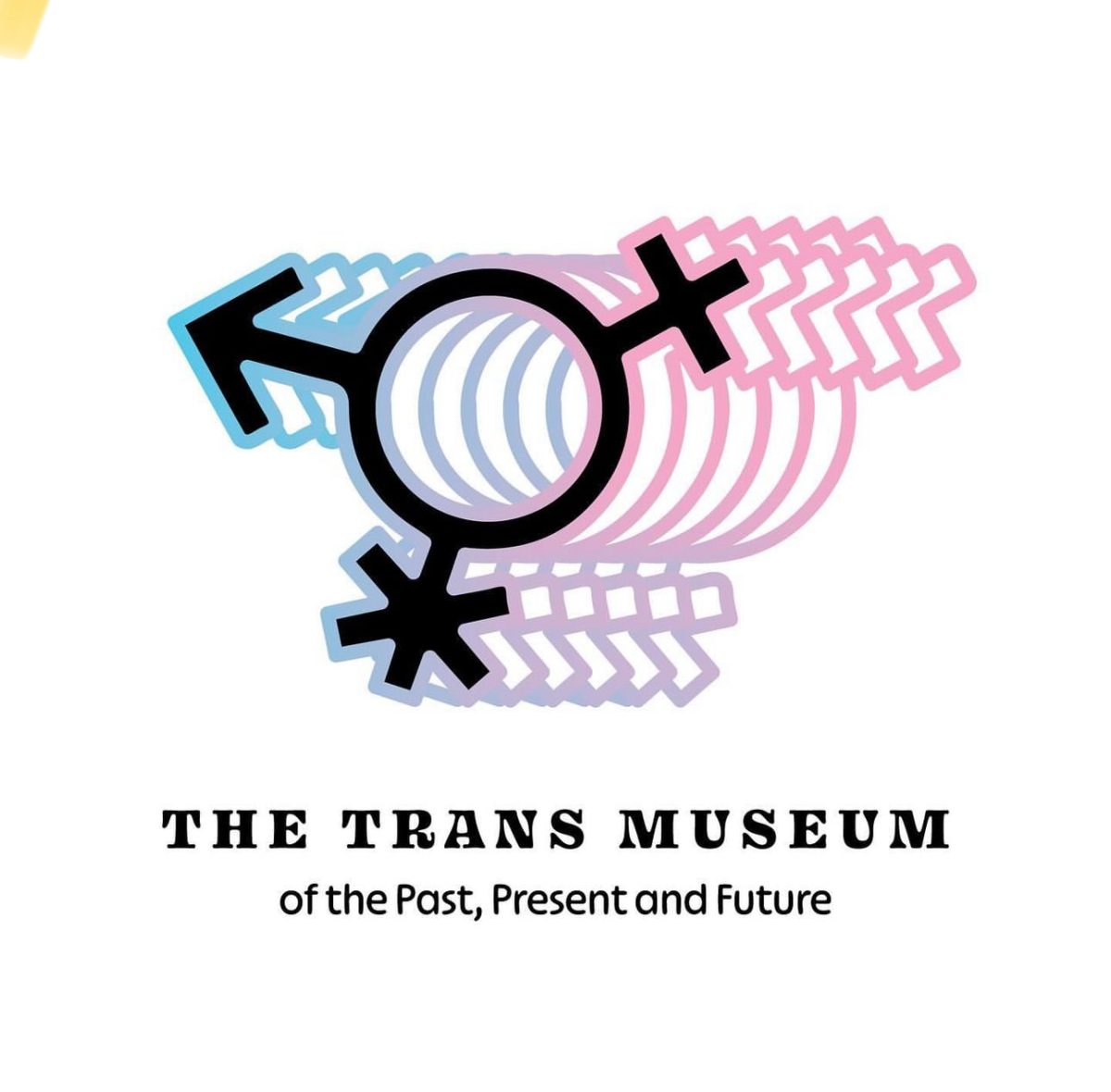
By Greg Simpson, Staff Writer
Slogging through a damp campus on a Friday afternoon can tempt the casual connoisseur of higher learning. It’s wet and cold, yet students and faculty alike trickle into the Ogeechee Theater for an presentation on the ways educators can encourage alternative forms of learning and integrate technology into our classroom.
Dr. Ela Kaye Eley’s lecture was the first of the spring semester’s lecture circuit. “I hope I set a high bar for my colleagues to strive to with their lectures and give theory on how to lecture in a new way,” Eley said after the lecture was finished.
One of the issues brought up was that of cognitive dissonance. The issue is that of cognitive dissonance between what the teachers expect, which are respectful students who show up on time, caring about the subject they are learning, and prepared to learn, and the reality, which is students that come in caring about having their voice heard, from a teacher who is as technologically literate as them if not miles ahead, and is interested in the things they are interested inside the classroom as well as outside the schoolhouse.
Teachers are struggling to engage students who just want to feel like their voice matters, but the connection falls short when teachers feel that the only way to learn is by listening to everything they say and learning things the way they learned them.
Dr. Eley emphasized that there is more than one way to absorb and retain information as well as there are ways to engage with the world around us. Her lecture, entitled ‘Informal Learning and Siemens Theory of Connectivism’ centered around the importance of informal learning, what you learn when you are not trying to learn. These are things you learn through indirect methods like browsing the Internet, having a conversation with a friend through social media, or watching a particularly interesting documentary you happen to stumble across while flipping channels.
Dr. Eley had mentioned that her lecture was an expansion on her dissertation for her doctorate from the University of Florida, after working for 12 years as a technology integration specialist for Gwinnett County.
The faculty lecture was well received by not only the faculty but, many students as well. “The lecture was very interesting. We tend to teach the way we were taught versus the way they want to learn,” said Jane Lynes, a teacher in the Secondary Adult and Physical Education Department. Lynes also went on to expand on an idea she took away from Dr. Eley’s lecture. “One thing I took away is that we are not reaching students because we [the teachers] are not teaching them on their technological level.”
The lecture which, received overwhelming positive reviews, was also thoroughly enjoyed by the speaker. “It’s very different, giving an open-community lecture versus giving a lecture in one of my classes. The difference is that everyone is here because they wanted to be here, not like students who are there because they had to be there.”
Other students who attended the lecture called it “really interesting” and “innovative in ways we, Teachers and Education Majors, can infuse technology in the classroom.”
With endless amounts of information literally at our fingertips, the potential for new innovative ways for informal learning is expanding by the day, if not by the hour.


